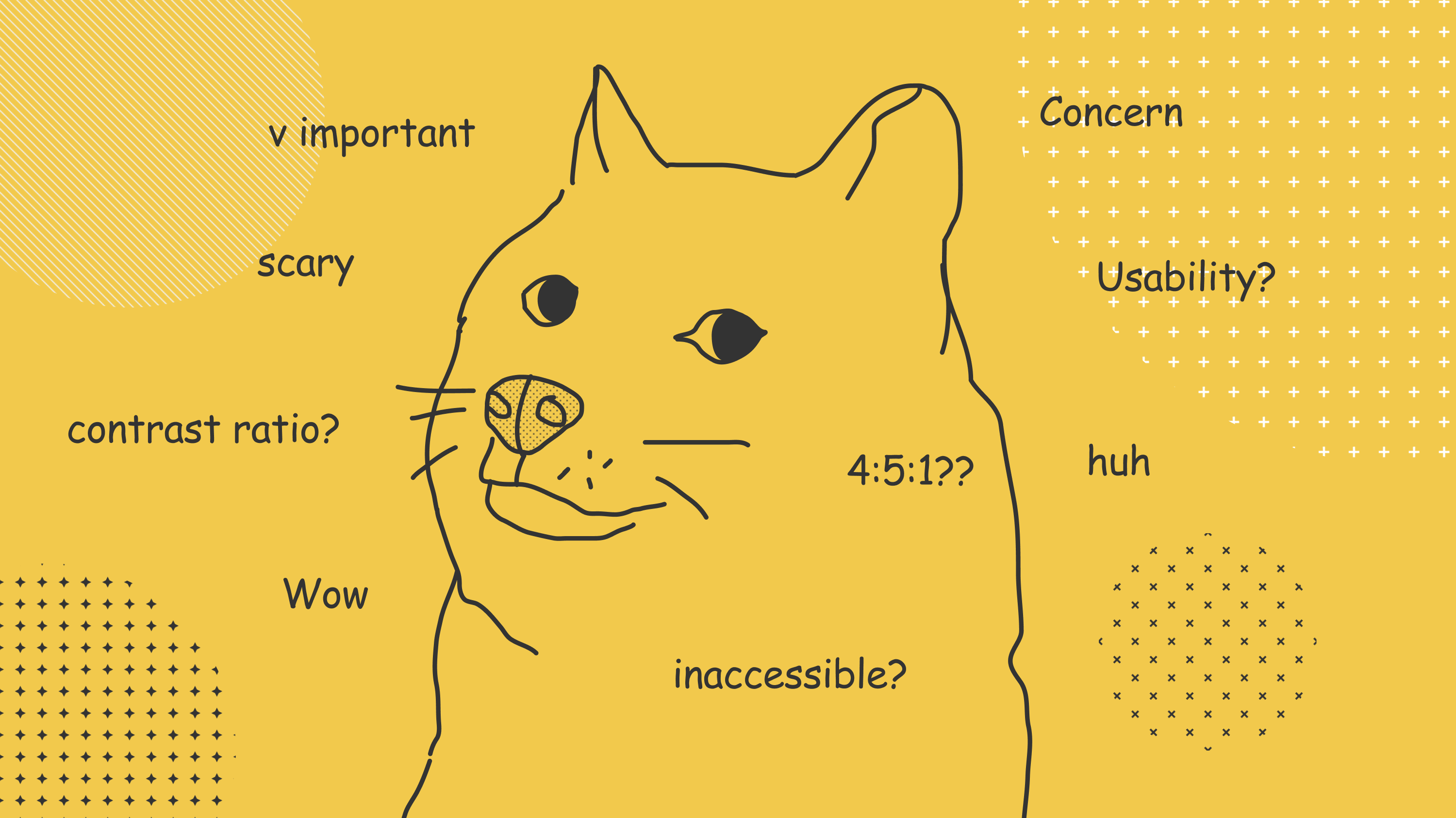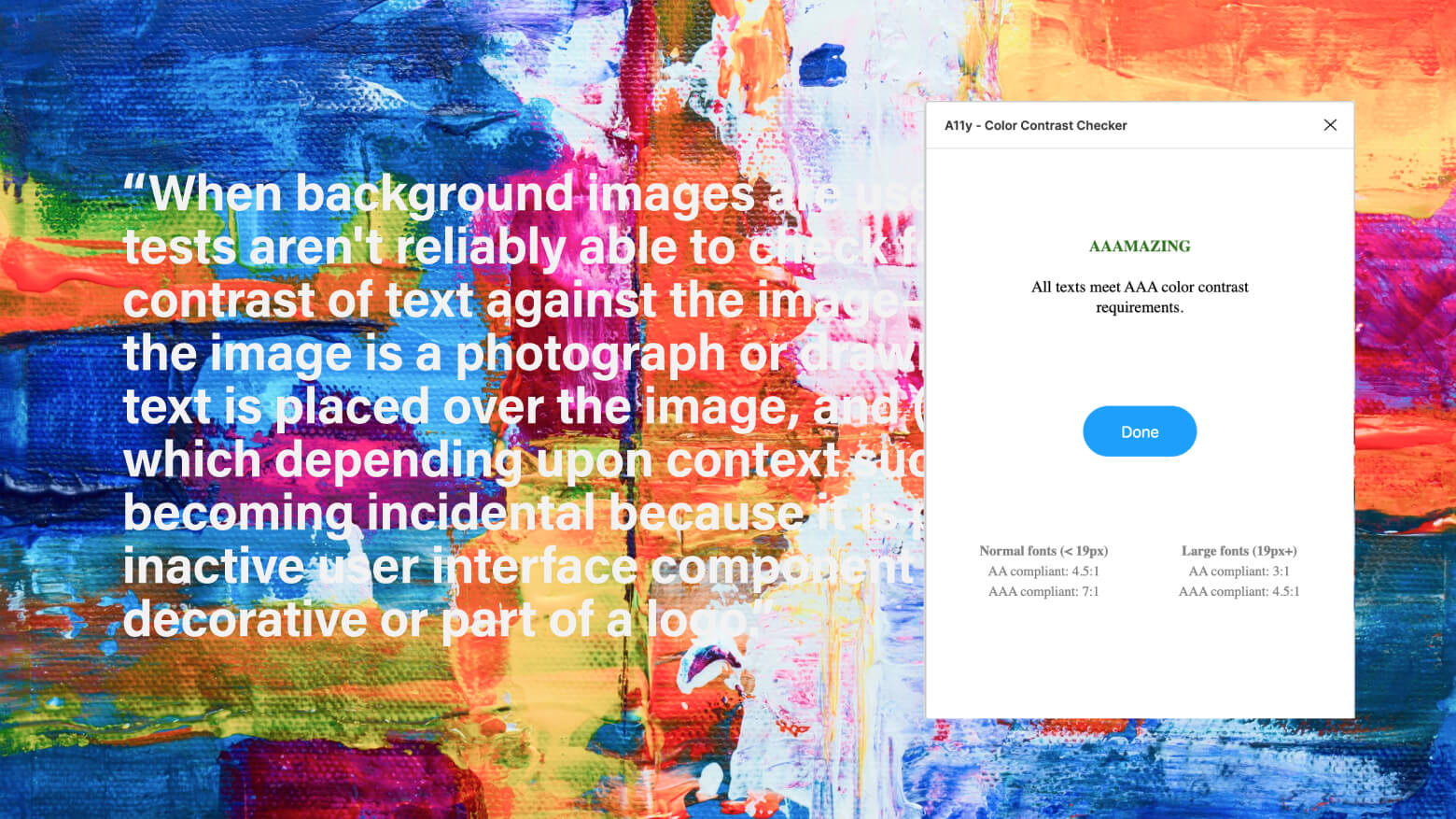15 Mar 2021
We're a Top 50 UK client rated digital agency
Today we've been named as one of the top 50 client rated digital agencies in the UK in The Drum's Digital Agency Census 2021.
To find out what brands thought of their UK digital agency partners, The Drum polled hundreds of companies up and down the country and asked them to rate their agencies on measures including;
- overall satisfaction
- whether they’d recommend their agency to another
- the effectiveness of their work
- value for money
- their teamwork and collaboration
- the quality of their creative output
- the quality of their relationship management
This year they received over 700 recommendations from clients right across the country, and we're proud to feature on the list.

Check out the full list here: www.thedrum.com/lists/digital-agency-census/client-poll
A big thank you to all our clients, you're what drives us each day!









